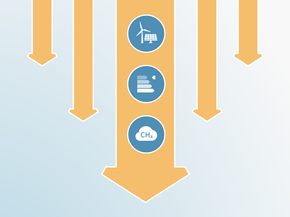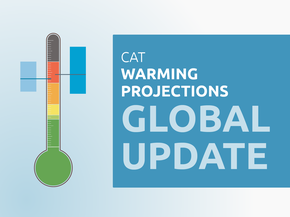Country summary
Overview
Peru, one of the first 20 countries to ratify the Paris Agreement, specifies an unconditional target and a target conditional upon international assistance in its Nationally Determined Contribution (Government of Peru, 2015b). Both targets address total greenhouse gas (GHG) emissions, including those from land use, land use change and forestry (LULUCF), which represent half of Peru’s emissions, and which are set to double by 2030. The unconditional target is a reduction by 20% below business-as-usual (BAU) by 2030, the conditional target a 30% reduction. Based on these targets we rate Peru “Insufficient”.
Based on our assessment, Peru will need to implement additional policies to reach its proposed targets.[1] The “Insufficient” rating means that Peru’s climate commitment is at the least stringent end of what would be a fair share of global effort, and is not consistent with the Paris Agreement’s 1.5°C limit, unless other countries make much deeper reductions and comparably greater effort.
Peru hosts about 740,000 square kilometres of forest area, including the largest area of the Amazon rainforest after Brazil (World Bank, 2015). Under business-as-usual, Peru’s LULUCF emissions would almost double between 2012 and 2030—a growth rate not seen before in Peru’s history—the opposite of what is needed to achieve the Paris Agreement target. The need to lower emissions from the LULUCF sector was recognised in Peru’s refined Copenhagen pledge, which targeted achieving net zero LULUCF emissions by 2021. However, this pledge is absent from its NDC.
The Government of Peru projects that 77% of the emission reductions needed to meet the unconditional target will be achieved by measures in the LULUCF sector (particularly to increase enabling conditions for forest management) (Government of Peru, 2015a). Similarly, for the conditional target, the government projects that 71% of the emission reductions will be achieved in the LULUCF sector. Despite this focus on emission reductions in the LULUCF sector, meeting the unconditional and conditional targets would still result in emissions from the LULUCF sector representing 39% and 36% of total emissions incl. LULUCF, respectively.
[1] In its draft INDC, Peru identified a more ambitious scenario with additional emission reduction potentials. The target emission level under this scenario was 42% below BAU levels by 2030, incl. LULUCF.
Further analysis
Latest publications
Stay informed
Subscribe to our newsletter




